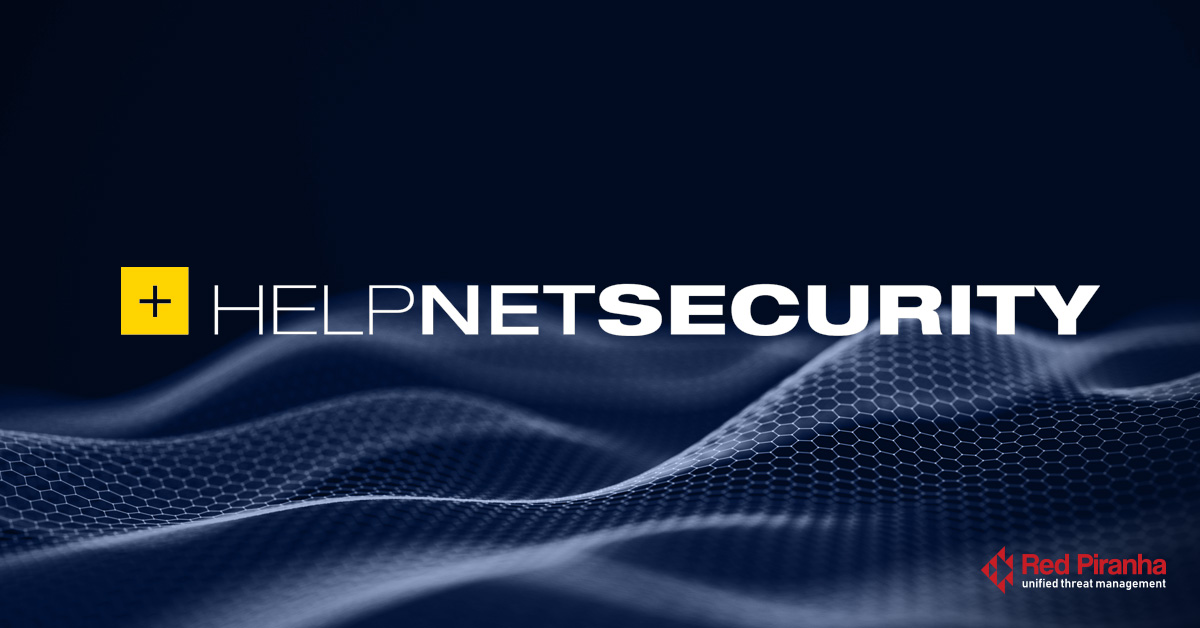
For most companies, the security journey often starts with assessments, policy review and awareness training so staff can deal with attacks on our infrastructure. Then, we might look at our access control and network segmentation, which are all great first steps. But what’s next in our effort to introduce a holistic program that looks to defence-in-depth to protect our organisations?
With nearly 50% of organisations with over 2,000 employees still yet to deal with security monitoring and implementation of incident response capabilities, we need to ask ourselves why?
It’s because it’s hard! It’s hard to keep track of assets. It’s hard to deploy disparate and multiple complex systems to get true SOAR. It’s hard to find the staff to resource both the engineering and the security operations, all bringing with it a high cost and management burden making it difficult for large organisations, let alone smaller organisations, to reach this level of security maturity.
With the average time to detect and contain a cyber breach taking 311 days for most organisations, this is where the loss and risk increase. While organisations may detect intrusions quickly, if they can’t respond to them effectively, the financial loss relating to cyber breaches will continue to rise. We need to look at how an attack unfolds. The most important thing to understand about data breaches and cyberattacks is that it’s not a singular event; instead, it is an ongoing process involving multiple steps.
The first step usually is infiltration. This is the step by which the attacker gains a foothold in the network. Infiltration can happen in many ways, including targeted credential theft, exploiting vulnerable web applications, third party credential theft, malware, and so on. However, this is just the first step. The next step is usually internal network and asset reconnaissance. This is where attackers try to understand the network architecture and gain access to stolen credentials and sensitive data storage locations.
It’s critical to interrupt the ability to pivot, so we need to detect this event during the initial breach, and this is done with a security monitoring program, which is a requirement of most security compliance frameworks. We need the capability to hunt and then respond with investigation tools to carry this out.
Deploying NDR or, better still, XDR as the first step on your security monitoring journey and can be a great place to start. For a moderate investment and without significant infrastructure changes, Crystal Eye XDR can be introduced with in-line deployment delivering a simplified solution without the need for a team of specialised engineering staff. Crystal Eye XDR includes professionally managed rules, based on cyber threat intelligence feeds, all fully integrated into the defence of your infrastructure. This removes the management burden of trying to integrate third-party CTI into other security systems.
The detection capability is best-in-breed and has been seen to deliver up to five times more network visibility. You gain instant detection capability with a focus on all major malware families and their CnCs, covering all network-based threat vectors, from SCADA protocols, Web Servers, to the latest client-side attacks served up by exploit kits. With integrated and automated actionable intelligence, you get effective protection and the ability to deal with encrypted traffic sources in a world where the threat landscape is changing daily.
Following detection, we move to the incident response capability. Crystal Eye XDR uses effective human-machine teaming that sees dynamic interactions between human and machine control. With DFIR toolsets and playbooks built-in alongside the managed detection and response, you can roll out a cyber security maturity level most organisations would only dream of, right out of the box.
With standardised Data lakes and instant SOC stand up, your MDR deployment is linked directly into the Crystal Eye Security Operations Centre for complete professional monitoring. The automated SLA’s and Incident Response give you a compliant cyber security incident response program based around your XDR program instantly. The process and playbooks are automatic and deployed for true SOAR capability giving your compliance team a policy and procedure and documented system to roll out to the rest of the organisation.
It takes a village to run a security monitoring and incident response program, and with Crystal Eye’s XDR integrated service model, you enable advanced SOC as a service and Forensic capabilities instantly. With on-demand incident responders and forensic teams able to assist in hunting and forensics, the platform is designed to deal with potential breaches efficiently and reduce cost and time to respond, dramatically reducing the risk and loss during a potential breach. With inbuilt tools like packet capture forensics, vulnerability management and out of the box SIEM, your team can deploy full SOC capability instantly at a fraction of the cost of attempting to build your own. This avoids the engineering investment and time required to deploy multiple disparate systems, link them into other managed service providers and provide continuous monitoring and maintenance to ensure ongoing functionality.
If you are looking to start the process of increasing your security maturity, the implementation of Crystal Eye XDR for security monitoring and incident response is something you should consider, and then look to expand the monitoring capability further into host-based assets in a second pass of improvement.
Contact Red Piranha today to learn how Crystal Eye XDR and our suite of comprehensive cybersecurity services can increase your SOC productivity. Learn more.
